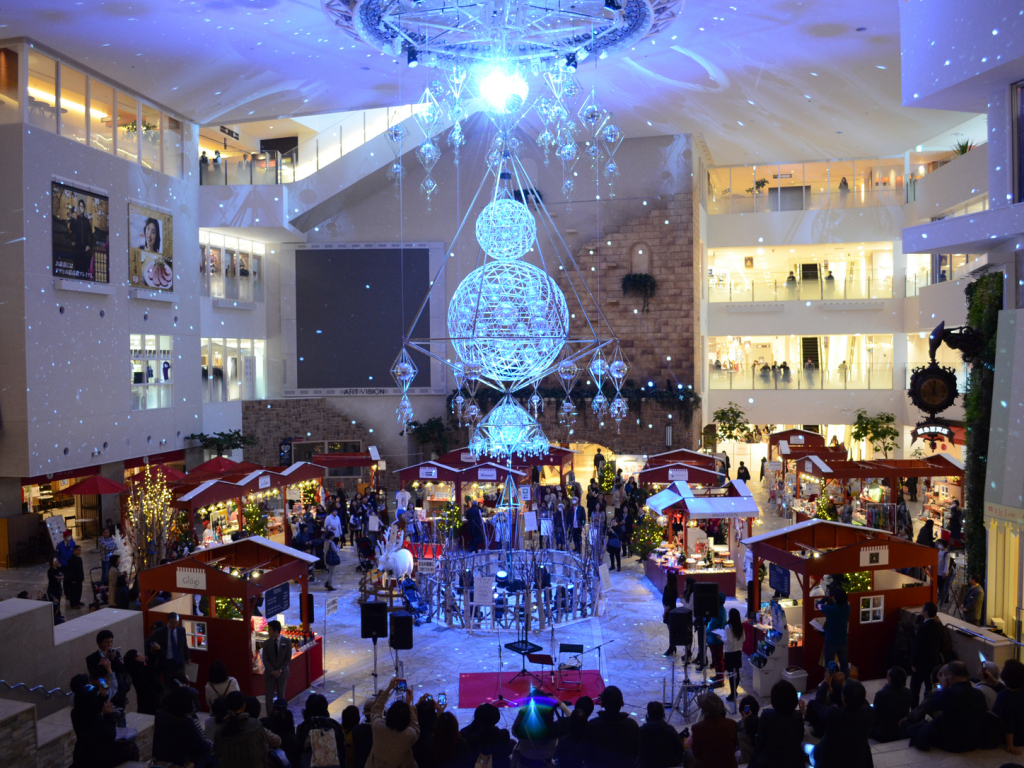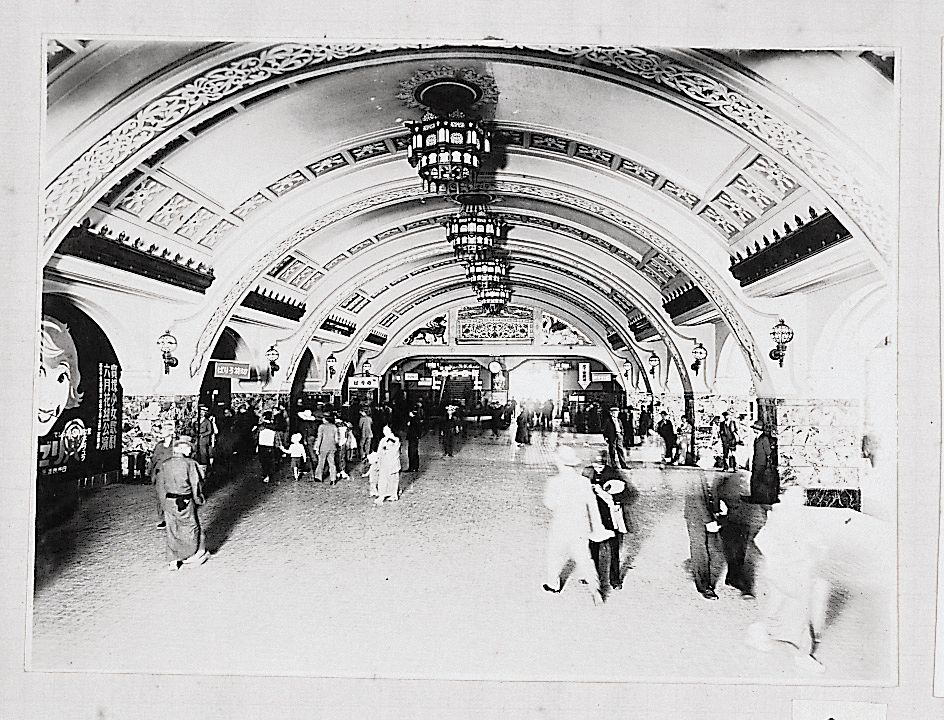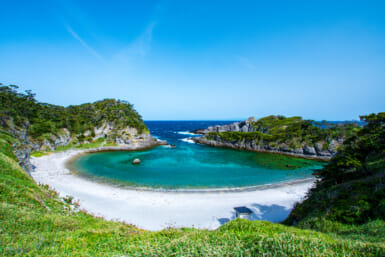Hankyu department stores are one of the leading shopping destinations in all of Japan. Although not the largest Japanese department store chain, Hankyu has by now spread to nine cities all over the country, where around 50 million customers spend billions of dollars every year. It’s little surprise then that this huge and wildly successful chain has had some pretty ambitious origins itself. Hankyu’s original Umeda flagship, located in central Osaka, was the brainchild of one Ichizo Kobayashi, a Japanese industrialist who believed that the general public was the most important part of society.
Hankyu department stores are one of the leading shopping destinations in all of Japan. Although not the largest Japanese department store chain, Hankyu has by now spread to nine cities all over the country, where around 50 million customers spend billions of dollars every year. It’s little surprise then that this huge and wildly successful chain has had some pretty ambitious origins itself. Hankyu’s original Umeda flagship, located in central Osaka, was the brainchild of one Ichizo Kobayashi, a Japanese industrialist who believed that the general public was the most important part of society.
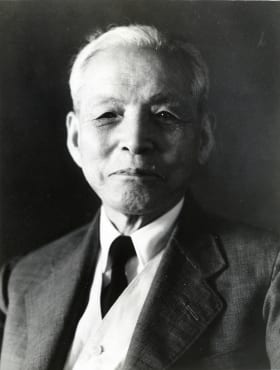
Ichizo Kobayashi
Ichizo Kobayashi – Man of the People
Ichizo Kobayashi was born in 1873 in Yamanashi Prefecture, and at age 20 he started working for the Mitsui Bank where he spent the next 14 years. Kobayashi’s later life included a stint at the Ministry of Commerce and Industry and another one as a Japanese diplomat during a mission to the Dutch East Indies (modern Indonesia). But in between all that, he spent his time striving to better the lives of ordinary people.
After leaving the bank, he became a co-founder and promoter of the Minoo Arima Electric Railway Company, which he later followed up with his creation of the Takarazuka Revue in 1919 and Toho in 1932. Toho, of course, is the famous Japanese production company mainly known as the distributor of kaiju (giant monster) movies, including the most famous kaiju of them all: Godzilla. Takarazuka, on the other hand, produces a large number of Broadway-style musicals with an all-female troupe, and has received acclaim from within in Japan and around the world. But Ichizo Kobayashi didn’t just want to entertain regular people. He also wanted to shelter them.
Hankyu Railway – On Track to Greater Destinations
Kobayashi’s Minoo Arima Electric Railway, which eventually became the Hankyu Corporation, opened its first lines in 1910 from Umeda to Takarazuka and Ishibashi to Minoh, but that was just the beginning. That same year, Kobayashi also started to develop houses along the newly constructed line.
Unlike houses in the middle of big cities, Kobayashi’s homes were spacious, open, and, most importantly, affordable. To fill them with people, the industrialist proposed selling the houses through a program of low-interest loans created specifically for the working man, all to help ordinary people achieve their dream of owning their own homes. Homes that, incidentally, would also be illuminated by electric lights instead of oil and kerosene lamps. Even today, land prices in Japan are one of the highest in the entire world, and the situation most likely wasn’t that different a hundred years ago. Most people in popular, developed areas were only renting homes but Kobayashi wanted to change that in a kind of roundabout way. He first built a railroad, then affordable houses, and finally went about developing the area into a busy city center.
Pretty soon, the population along the railroad exploded, with the trains servicing around 120,000 people every day, and making the terminal one of Japan’s biggest and busiest. This growth prompted the establishment of the Takarazuka all-female musical revue and other leisure facilities along the line. But, more importantly, it necessitated the creation of a shopping destination.
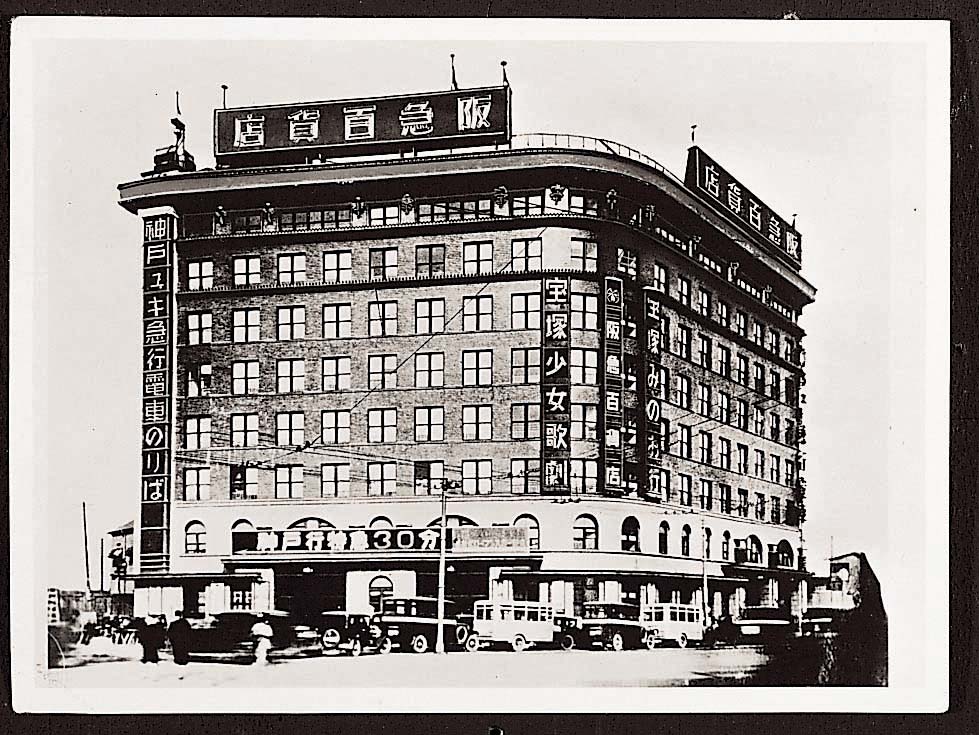
The original Hankyu Department Store
The First Hankyu Department Store Opens
In 1918, Ichizo Kobayashi expanded his train line from Osaka to Kobe, which only made the bustling Umeda Station busier. That’s when Kobayashi started developing plans for a new kind of shopping center.
Today, department stores around busy Japanese train stations are nothing new. Huge chains like Isetan or Takashimaya can be found connected to terminals all over the country, and they’re one of the reasons why we now think of Japanese train stations as shopping destinations. Each one has its own unique charm and, as is usually the case, some kind of local, signature food that people actually take into consideration when planning train transfers, like with Tokyo Station’s famous lunchboxes. But it wasn’t always like this.
During the early 20th century, Japanese clothing stores and restaurants used to be located far from train stations, supposedly so that the noise wouldn’t bother customers. Ichizo Kobayashi thought that this didn’t make sense, and so, in 1929, he opened the first Hankyu Department Store at Umeda Station. It was an impressive structure with a total of 10 floors above and below ground and Western-style dining that proved to be a real hit. Even more popular were the prices, which, like the houses along the train line, were more affordable than what was available in most stores, all for the sake of the common man. It was the first railway terminal department store in the world, and it was a huge success. Soon, other stores and stations started following Kobayashi’s Umeda example.
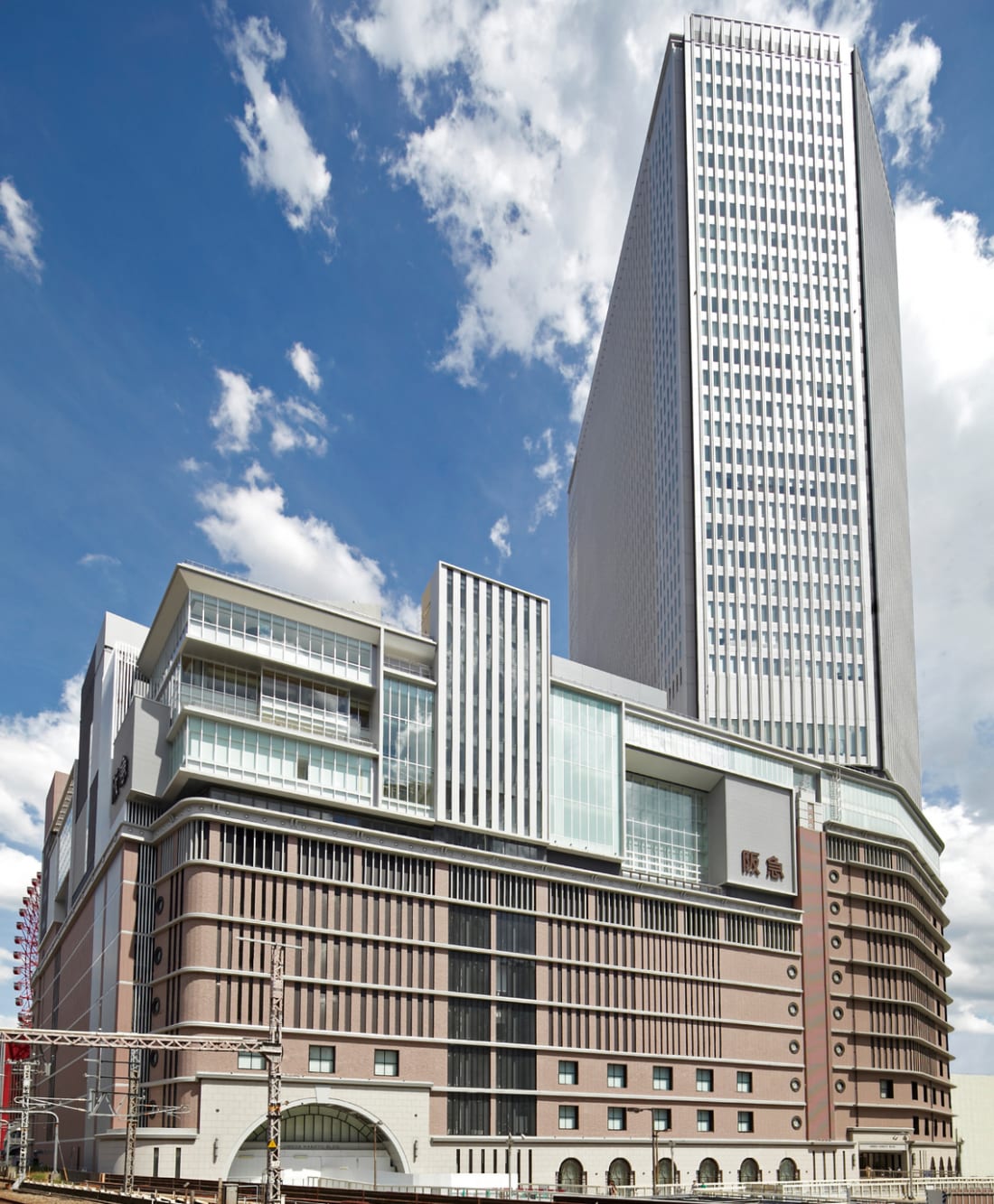 The Remodel and the Future
The Remodel and the Future
After World War II, the Hankyu department stores were used as distribution points for food and clothing by American occupation forces, and in 1947 the Hankyu Corporation was divided into two companies: one focused on transport, and one on the stores. Ten years later, Ichizo Kobayashi passed away at the age of 84, but his legacy lives on.
For the next four decades, the Hankyu department stores continued to grow, until the late 1990s when Japan’s economy took a downturn. And so, in 2005 reconstruction
began on the flagship Umeda store. The project took over seven years and, once completed, the building made its grand opening in 2012. It was transformed into a place where people could not only shop but also have a cultural experience, like at the new Umeda flagship’s SHUKUSAI (parade and festival) Plaza or its central gallery.
But if all you want to do is browse the stores, that’s okay. In fact, it’s exactly what Ichizo Kobayashi intended – an enrichment of life and community.
Hankyu Department Store
8-7 Kakuda-cho, Kita-ku, Osaka
06-6361-1381
www.hankyu-dept.co.jp/fl/english/honten
Opening Hours: Sun-Thu 10am-8pm, Fri-Sat 10am-9pm (restaurants 11am-10pm)
Sponsored Post

